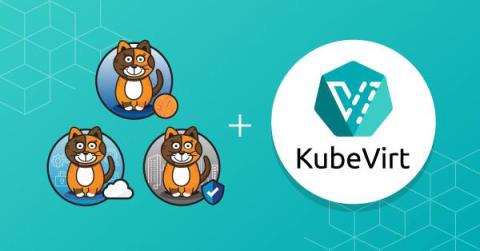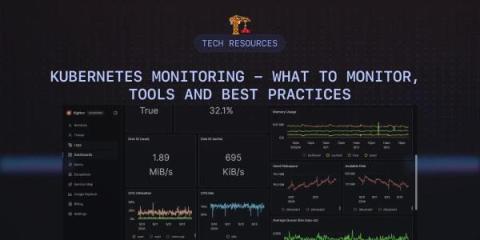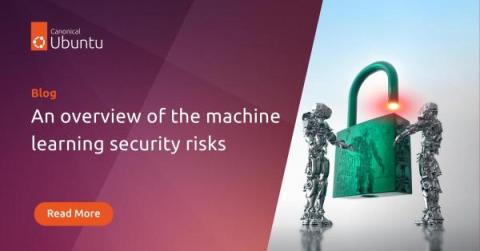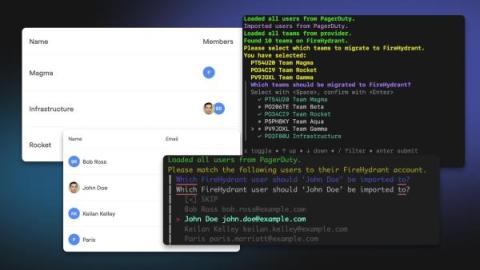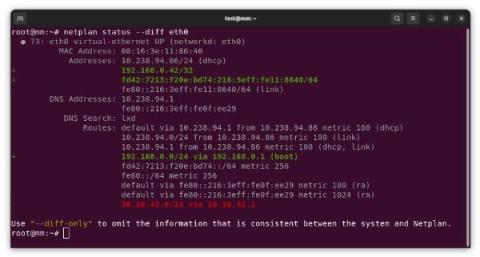The power of Kubevirt and Calico
Virtualization is a powerful technology that allows businesses to run multiple operating systems and applications on a single physical server. Kubevirt is an open-source tool that makes it easy to deploy and manage virtual machines (VMs) on Kubernetes and Calico is an open-source networking and security tool that provides easy yet robust networking and security for Kubernetes workloads.


